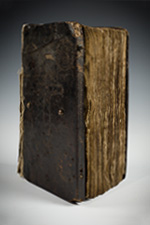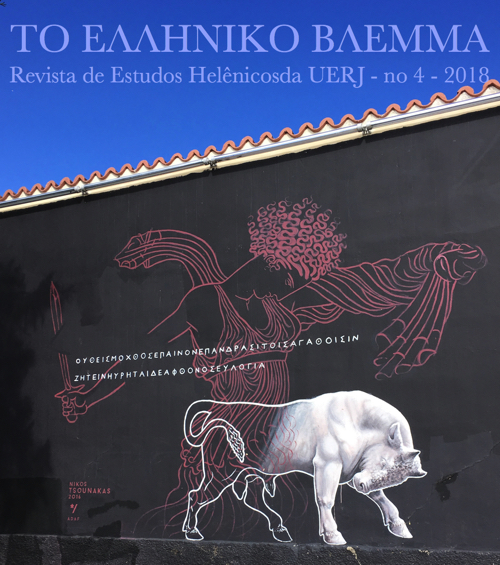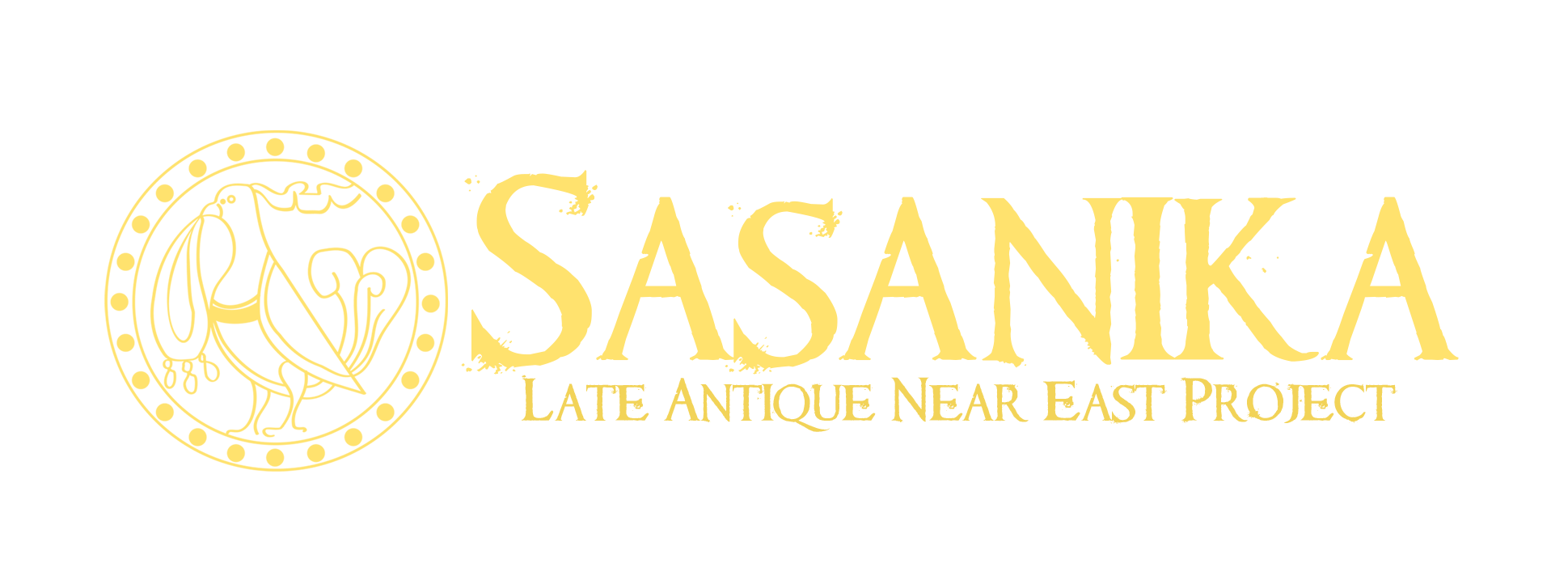[First posted in AWOL 7 November 2014, updated 25September 2020]
n.b. I have changed the links below to a version of record at the Internet Archive since the original seems no longer discoverable - C.J.
Leuven Online Index of Ptolemaic and Roman Hieroglyphic Texts: Ptolemaic Temple Texts (PTT)
n.b. I have changed the links below to a version of record at the Internet Archive since the original seems no longer discoverable - C.J.
Leuven Online Index of Ptolemaic and Roman Hieroglyphic Texts: Ptolemaic Temple Texts (PTT)
Ce projet s’est donné comme but de produire durant les années à venir une traduction des textes hiéroglyphiques provenant des temples de l’époque ptolémaïque et romaine. Ces textes s’imposent comme source majeure pour l’étude non seulement de la religion, mais également de divers autres aspects de la civilisation égyptienne. Cependant, l’écriture hiéroglyphique de cette époque, appelée le ptolémaïque, n’en facilite pas l’accès, d’où le choix de mettre à disposition une transcription et une traduction continue des textes.
Le site est conçu pour être un portal de discussion autour de la lecture de ces textes. L'interprétation, théologique ou autre, n'est actuellement pas envisagée. D'autre part, la base de données attachée à la transcription et la traduction des textes sera reprise dans le Berlin-Wörterbuch project. La lecture des textes ptolémaïques contient un grand nombre de problèmes et personne ne peut prétendre les solutionner tout seul. C'est pourquoi j'invite tous ceux qui travaillent sur les textes ptolémaïques à me renvoyer des solutions ou des améliorations, à me signaler des imperfections ou même des fautes. Toute information sera incluse dans les notes accompagnant la transcription avec indication de l'auteur.
Le projet a débuté grâce à un crédit octroyé par le Fonds voor Wetenschappelijk Onderzoek-Vlaanderen et sera développé en étroite collaboration avec le Thesaurus Linguae Aegyptiae de la Berlin-Brandenburgische Akademie der Wissenschaften. Le vocabulaire des textes sera ainsi intégré dans le dictionnaire qui peut être consulté en ligne (http://aaew2.bbaw.de/tla/).
Les temples:
Marlies Elebaut, Le temple de Deir el-Medina, 2006
Aurélie Paulet, Le temple d'Opet, 2006
René Preys, Le temple d'Assouan, 2005
René Preys, Le temple de Bigge, 2005
René Preys, Le temple de Dakka, 2006
René Preys, Le temple de Dendour, 2006
Les rituels























































































